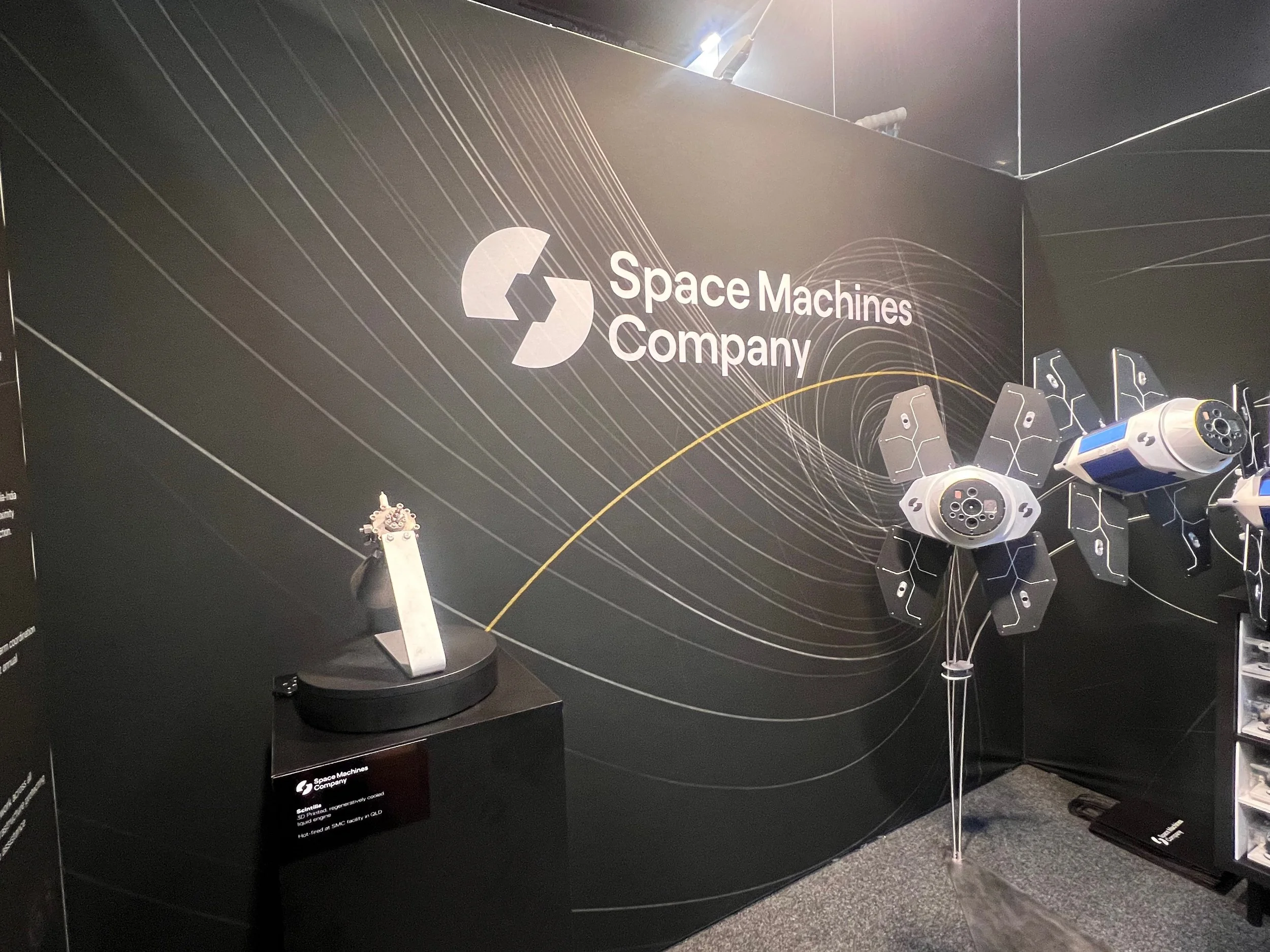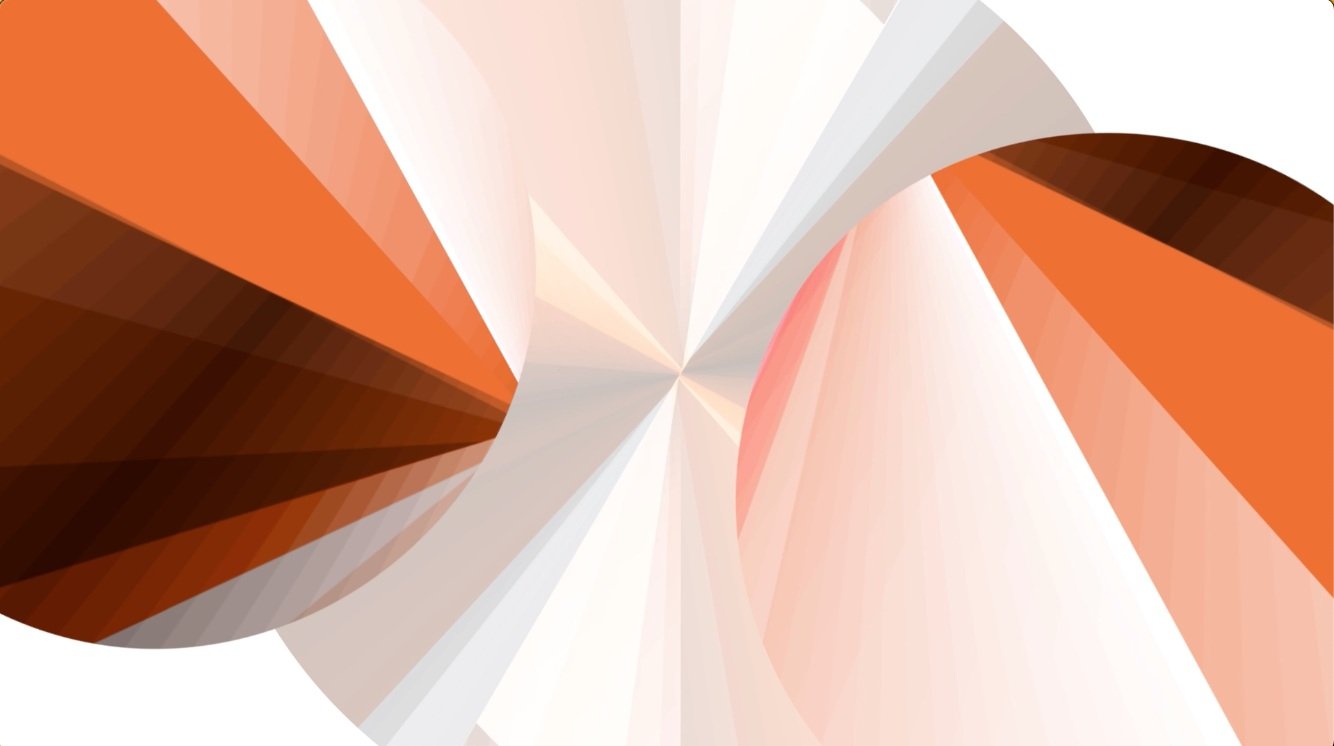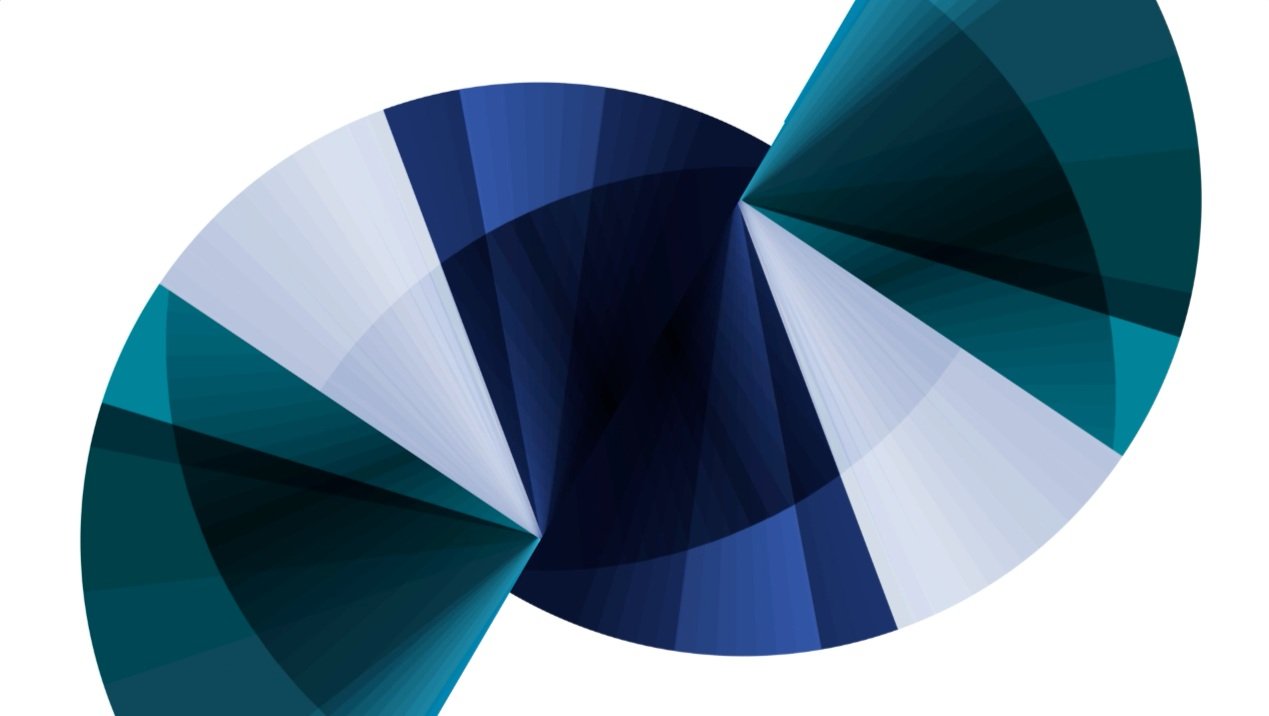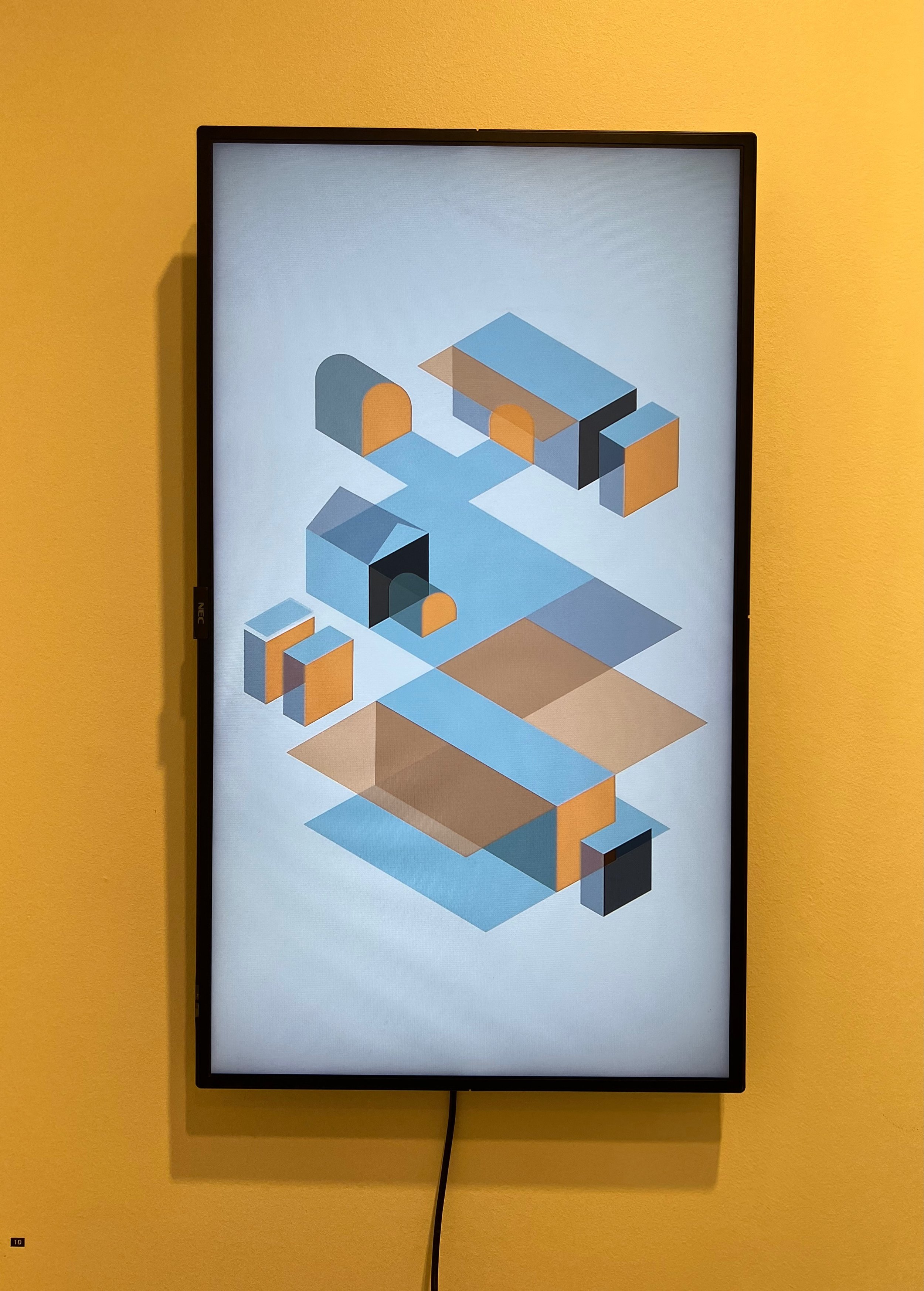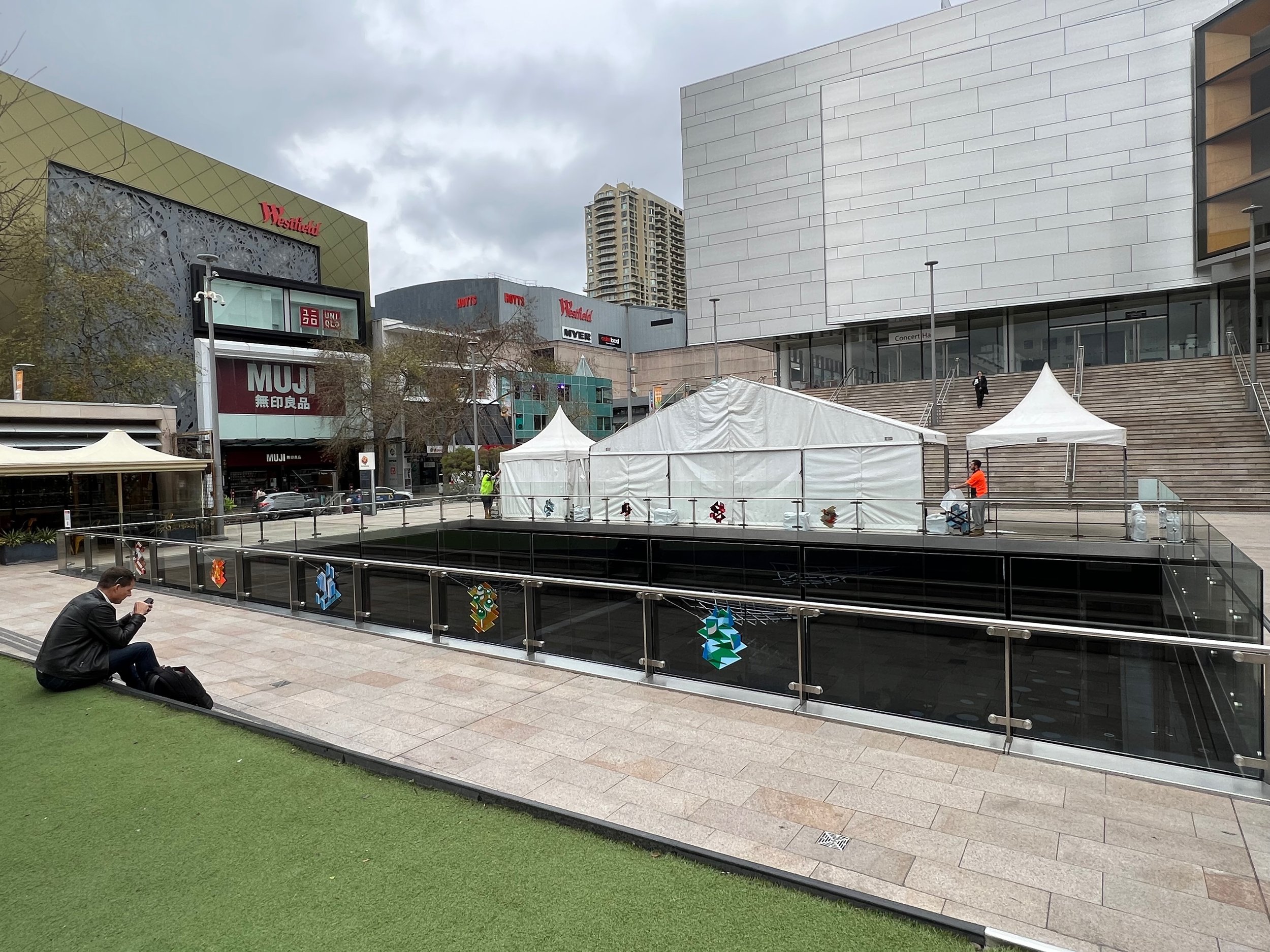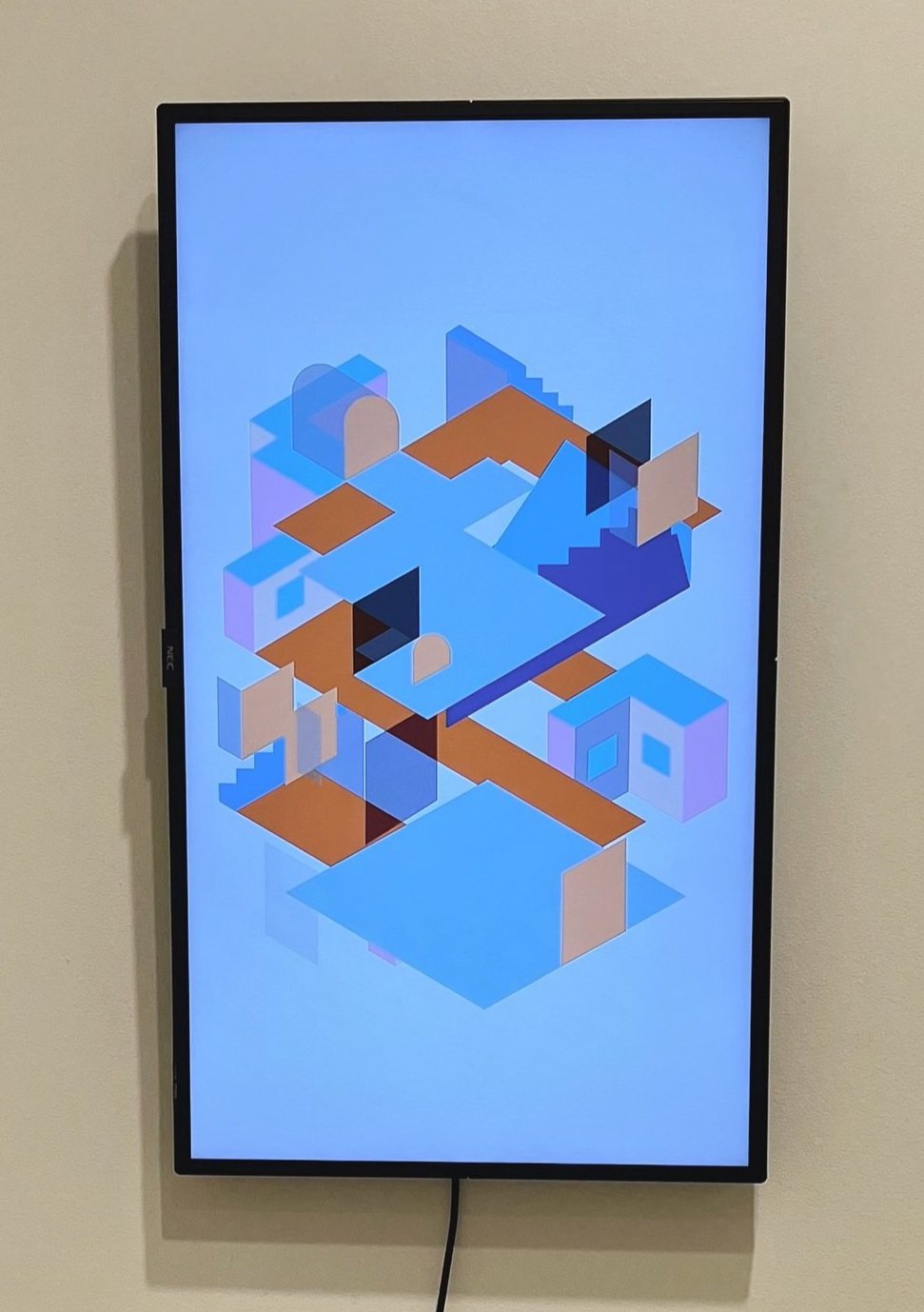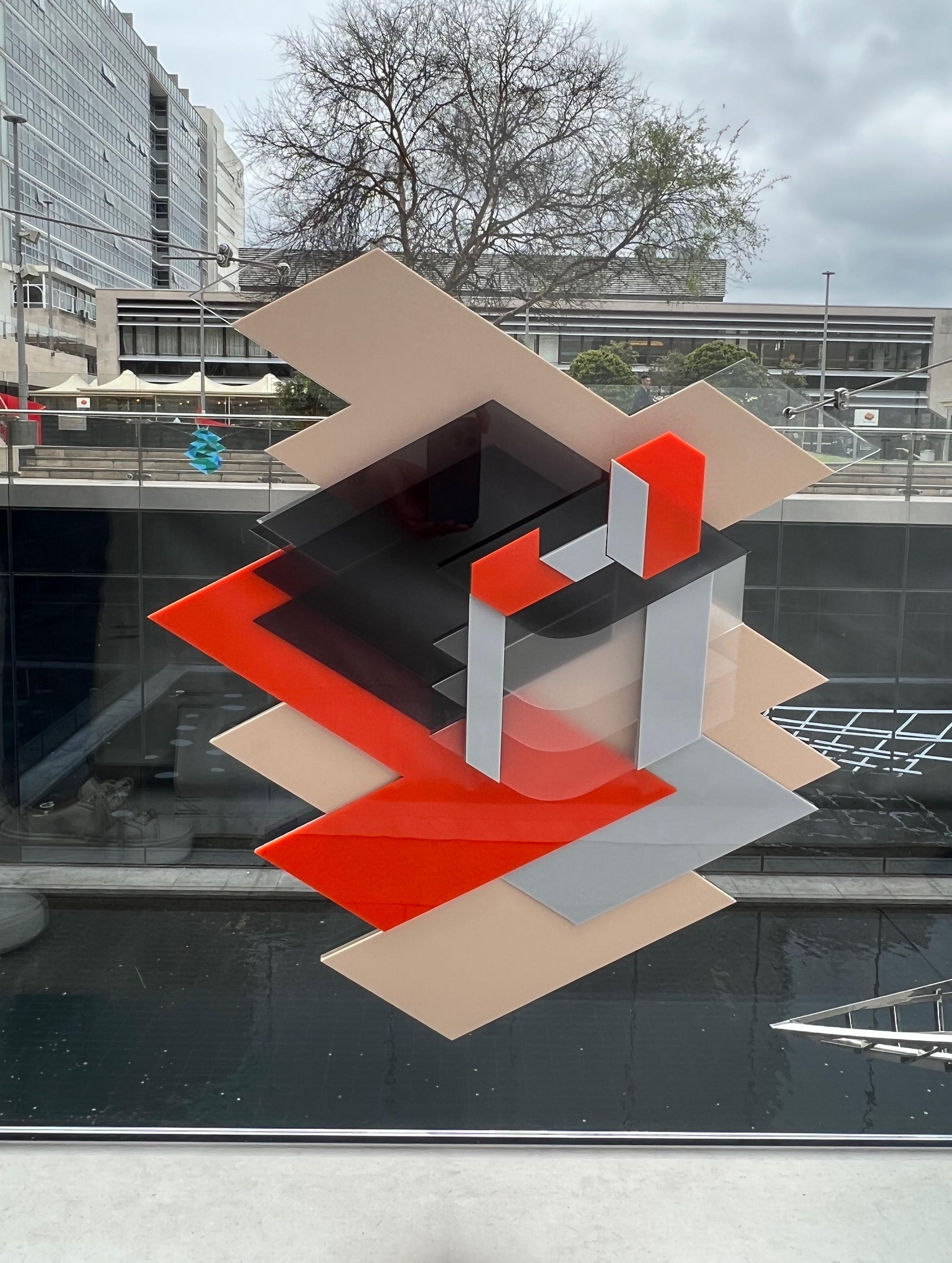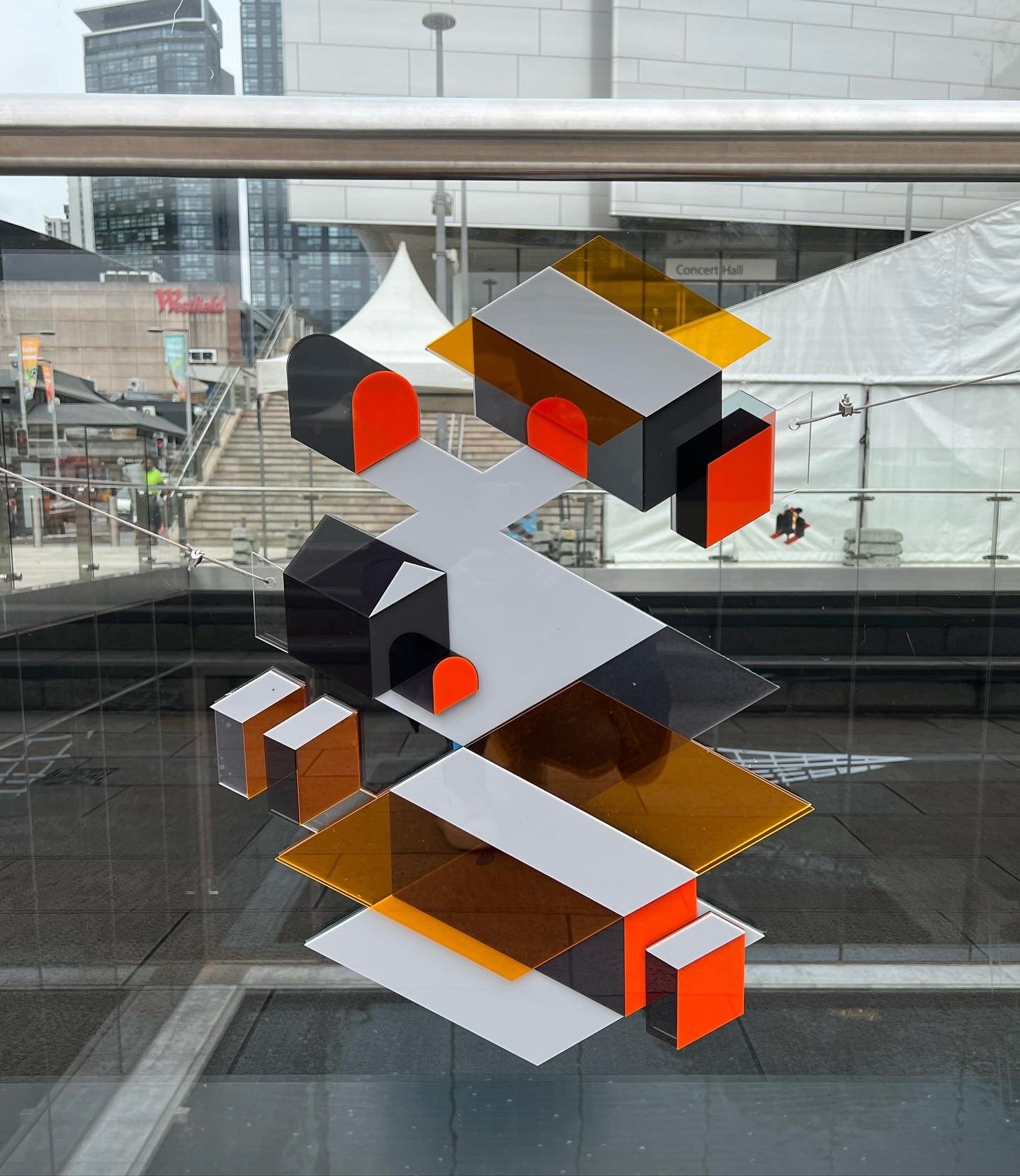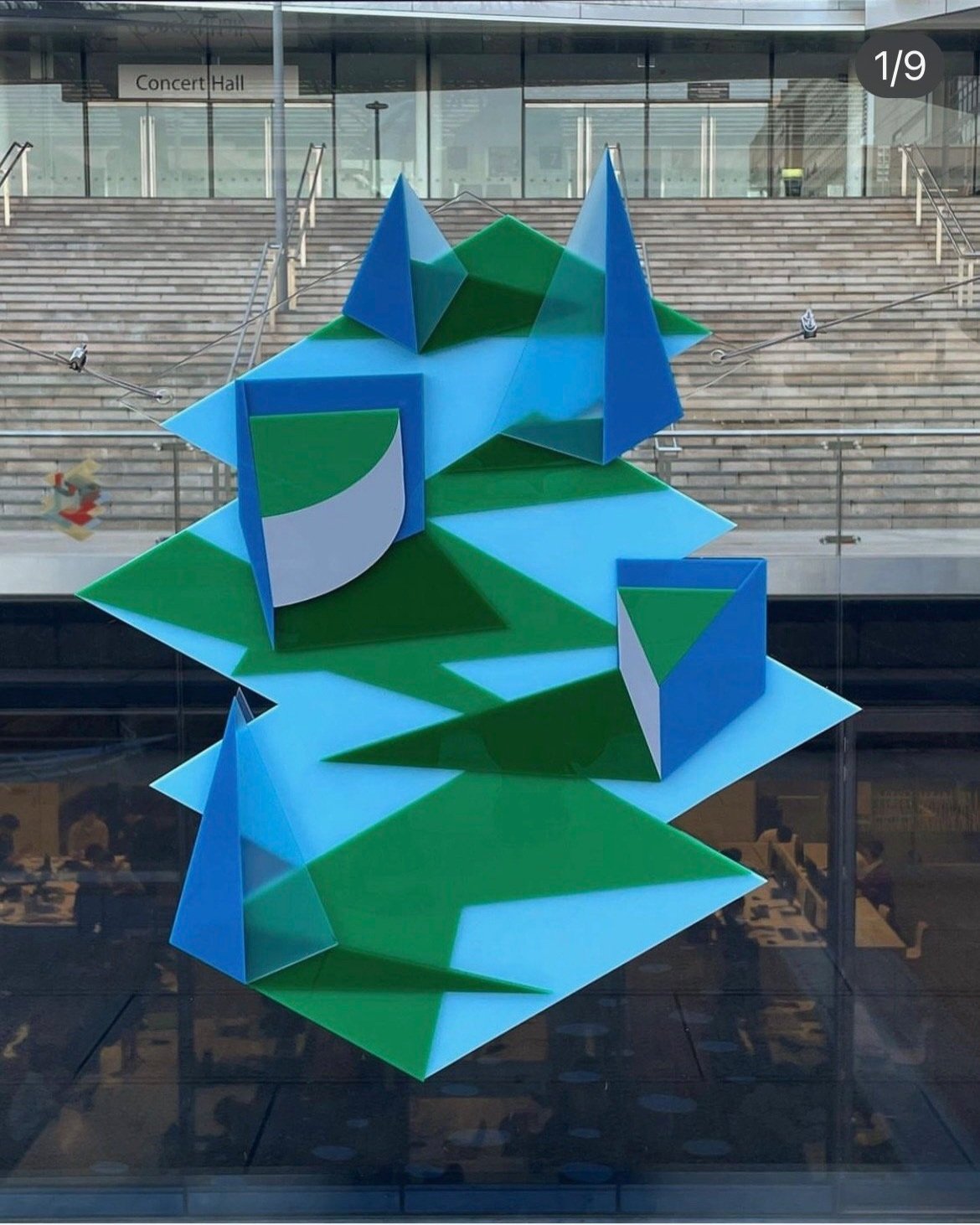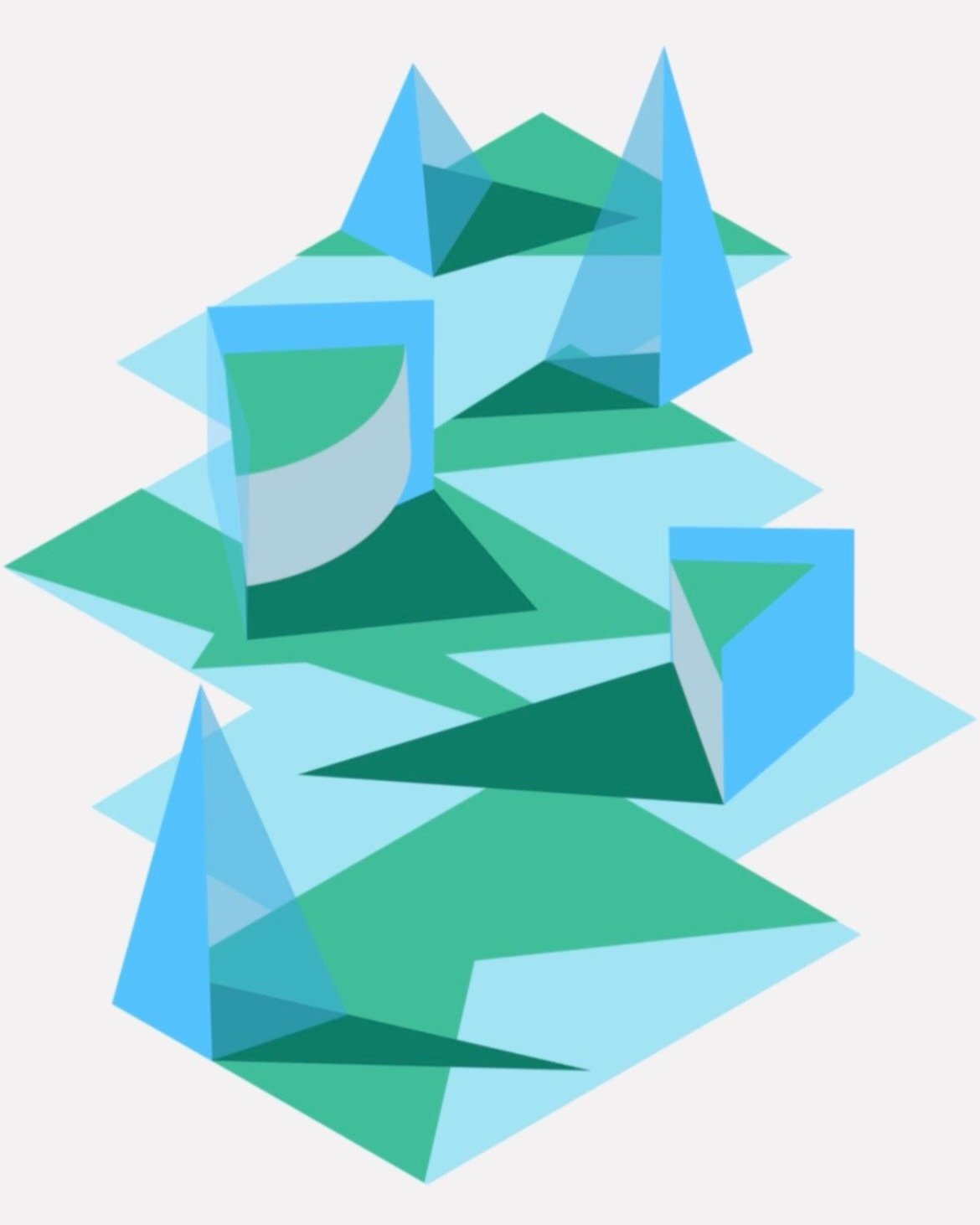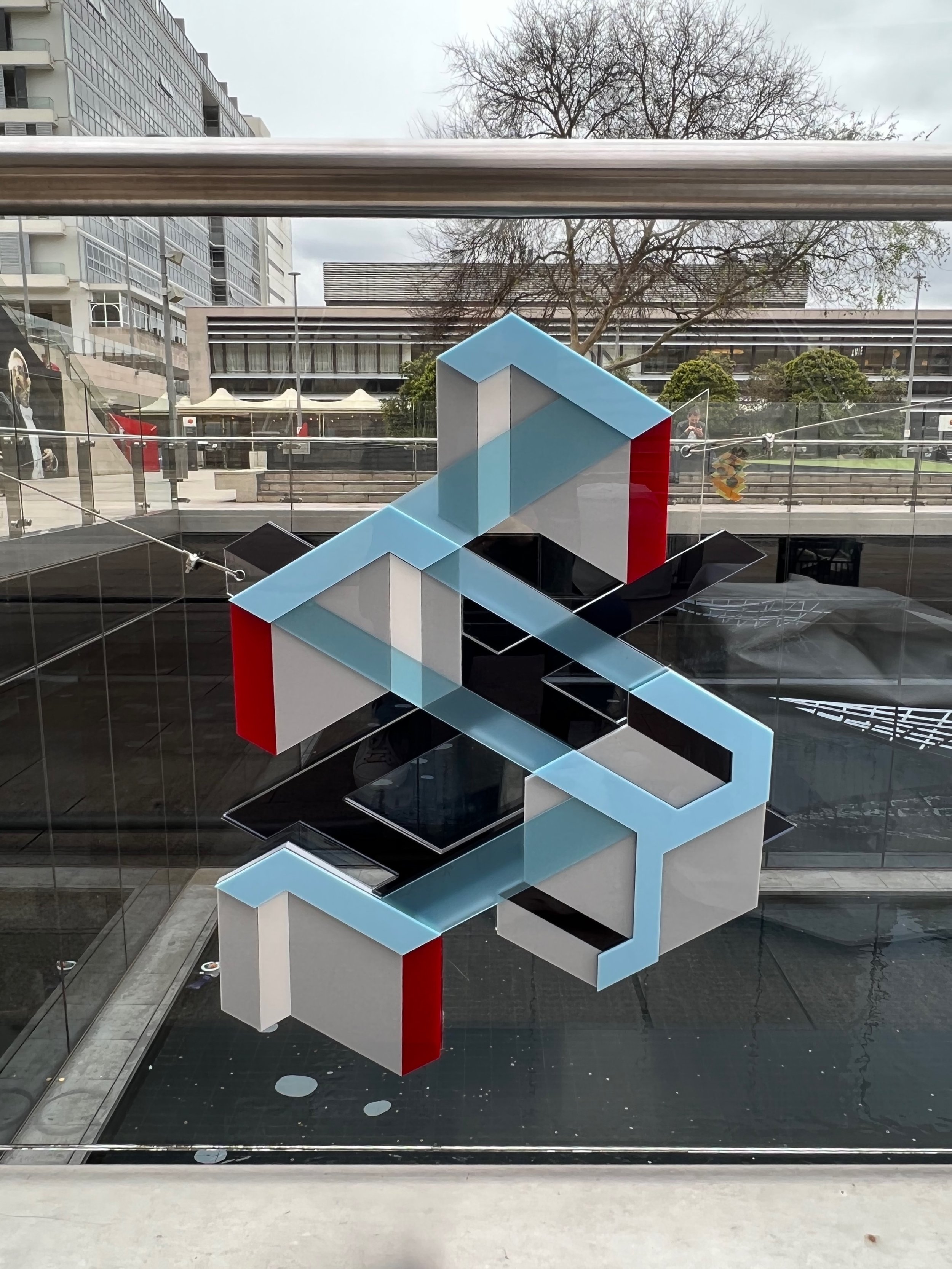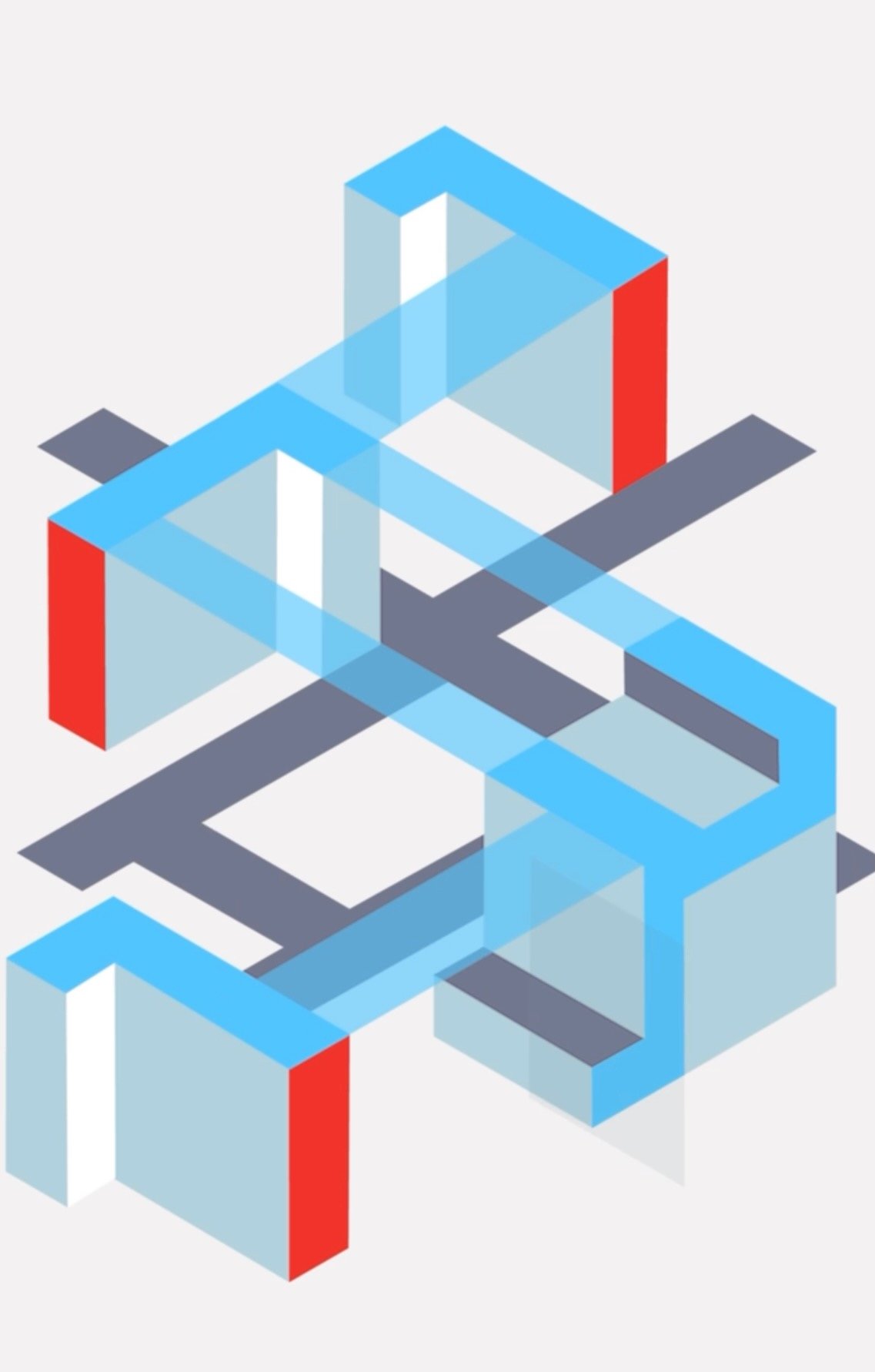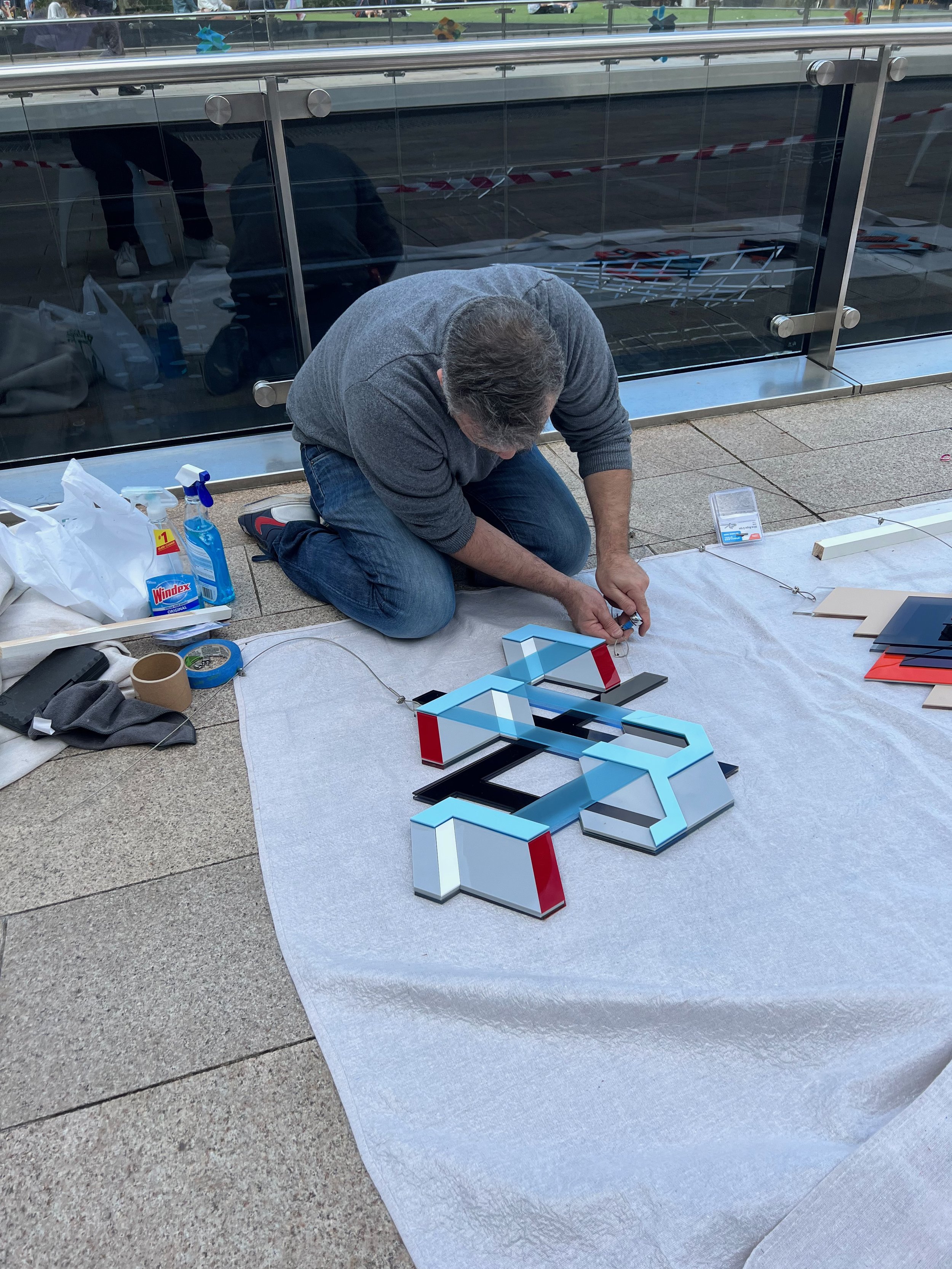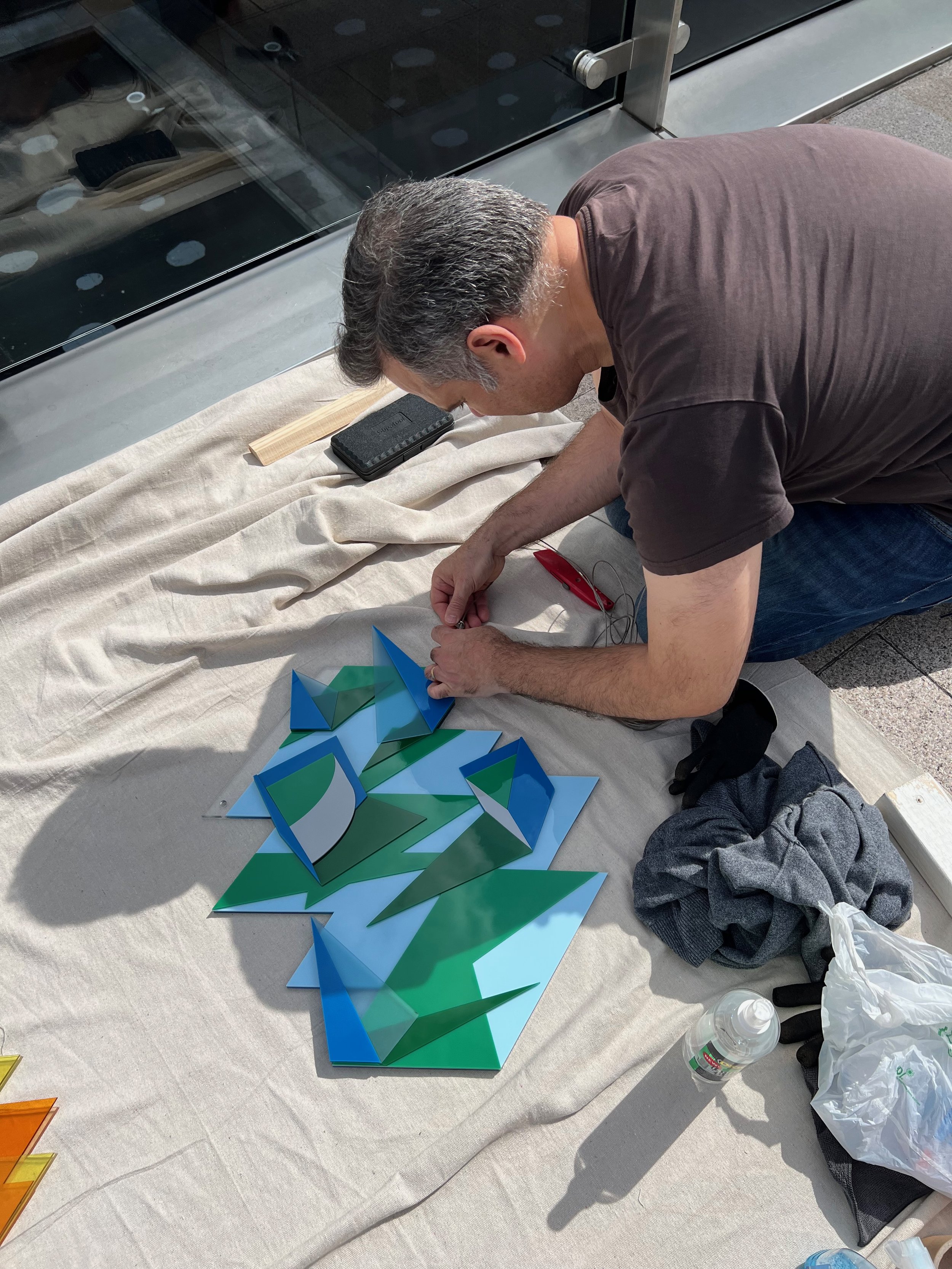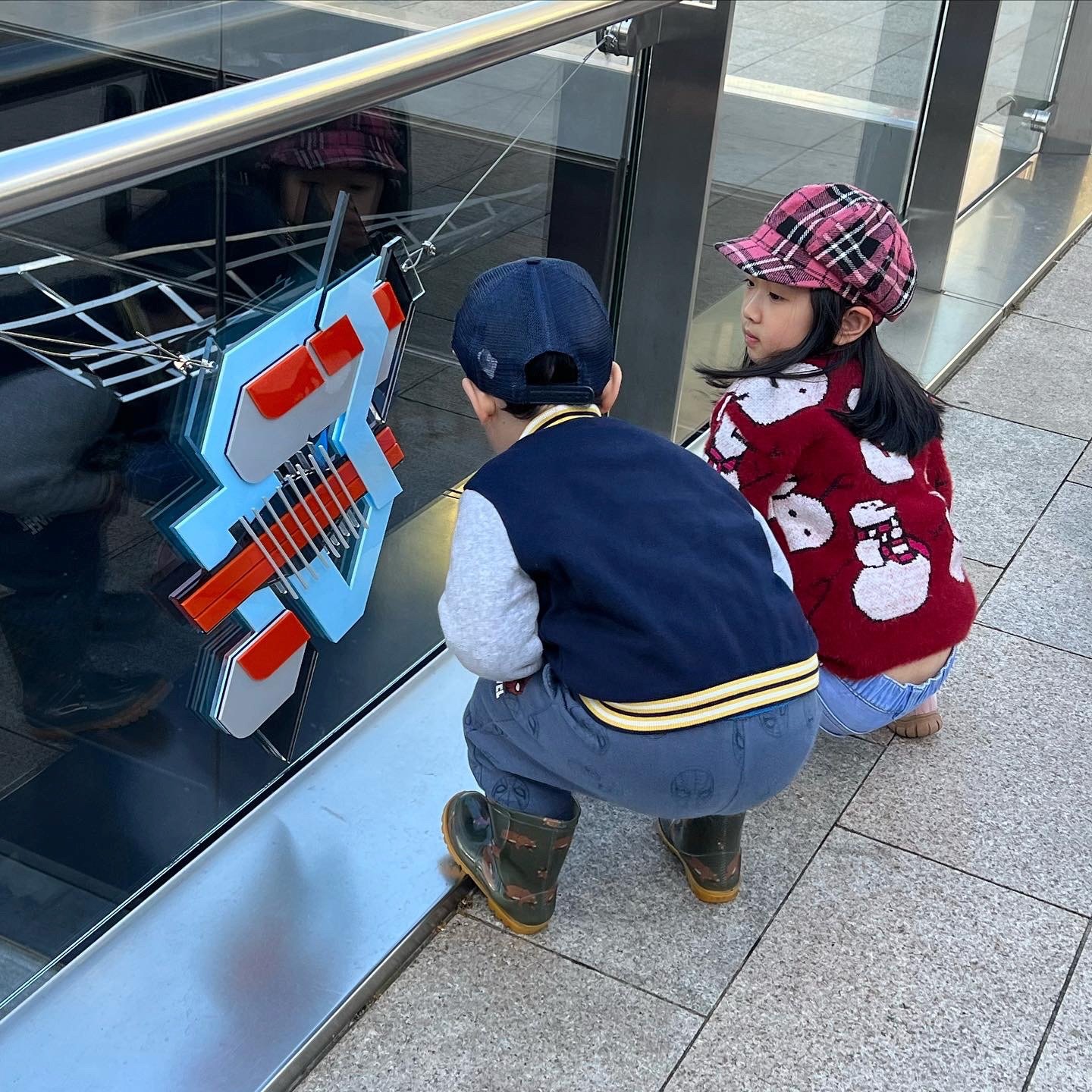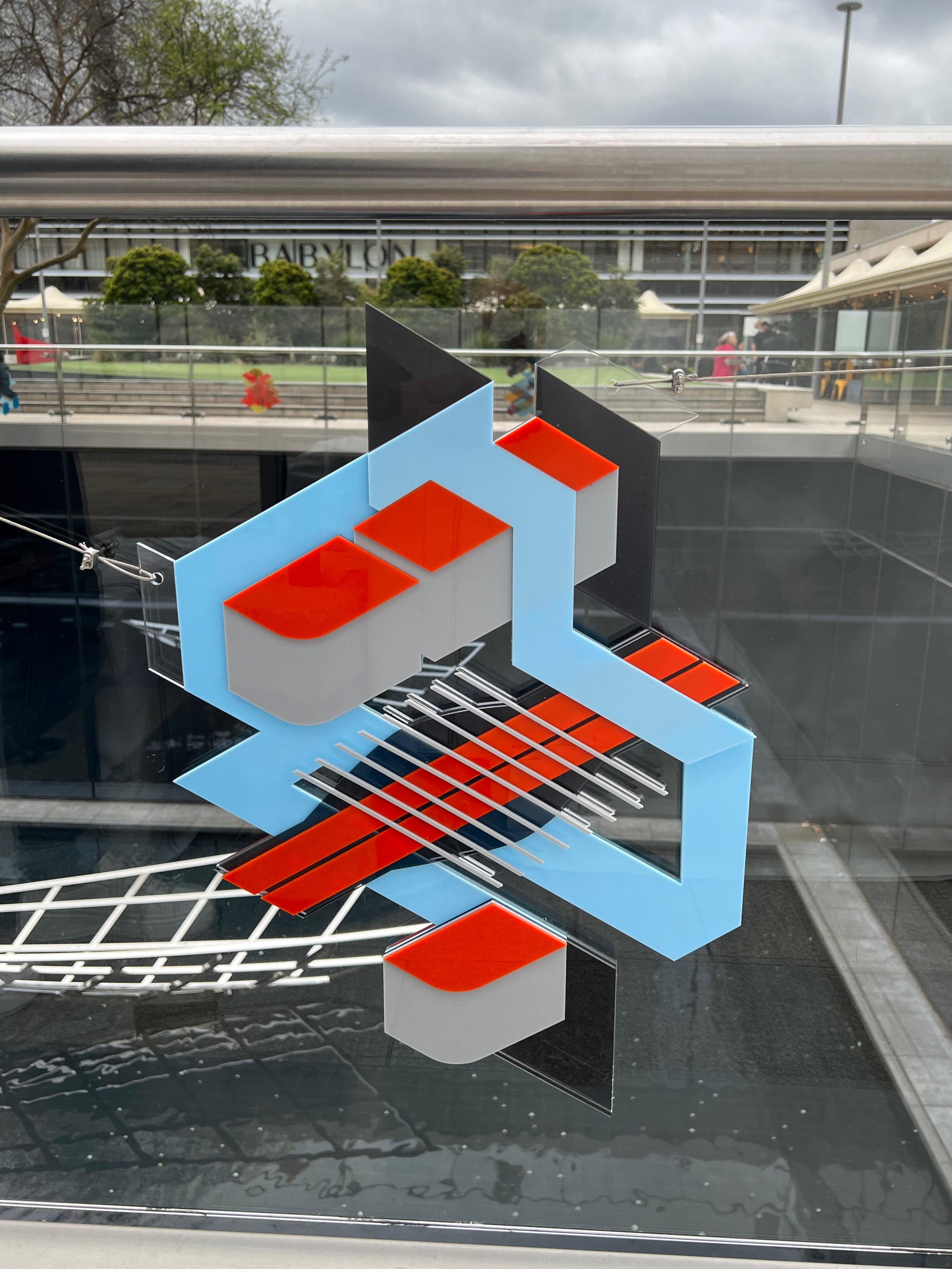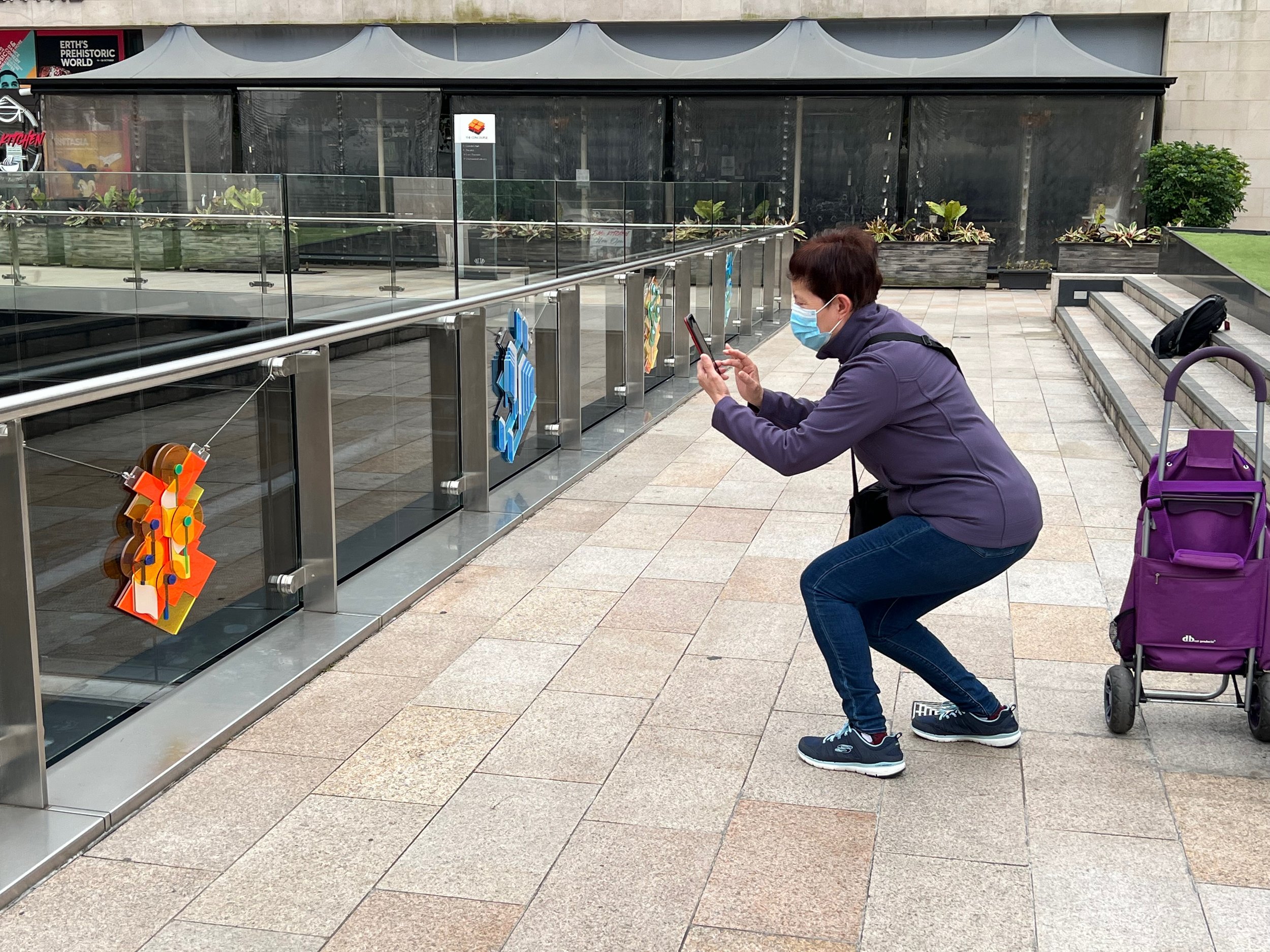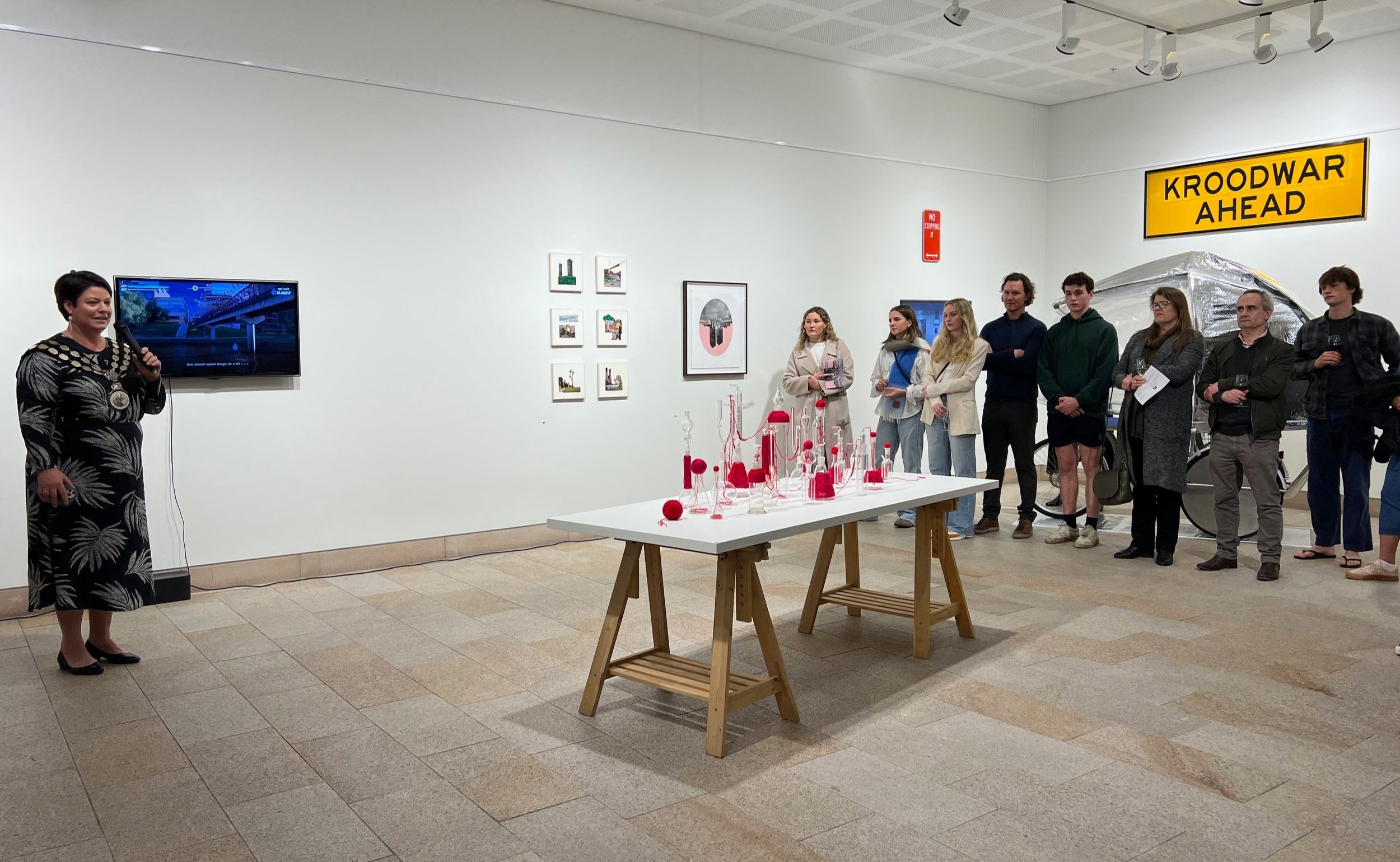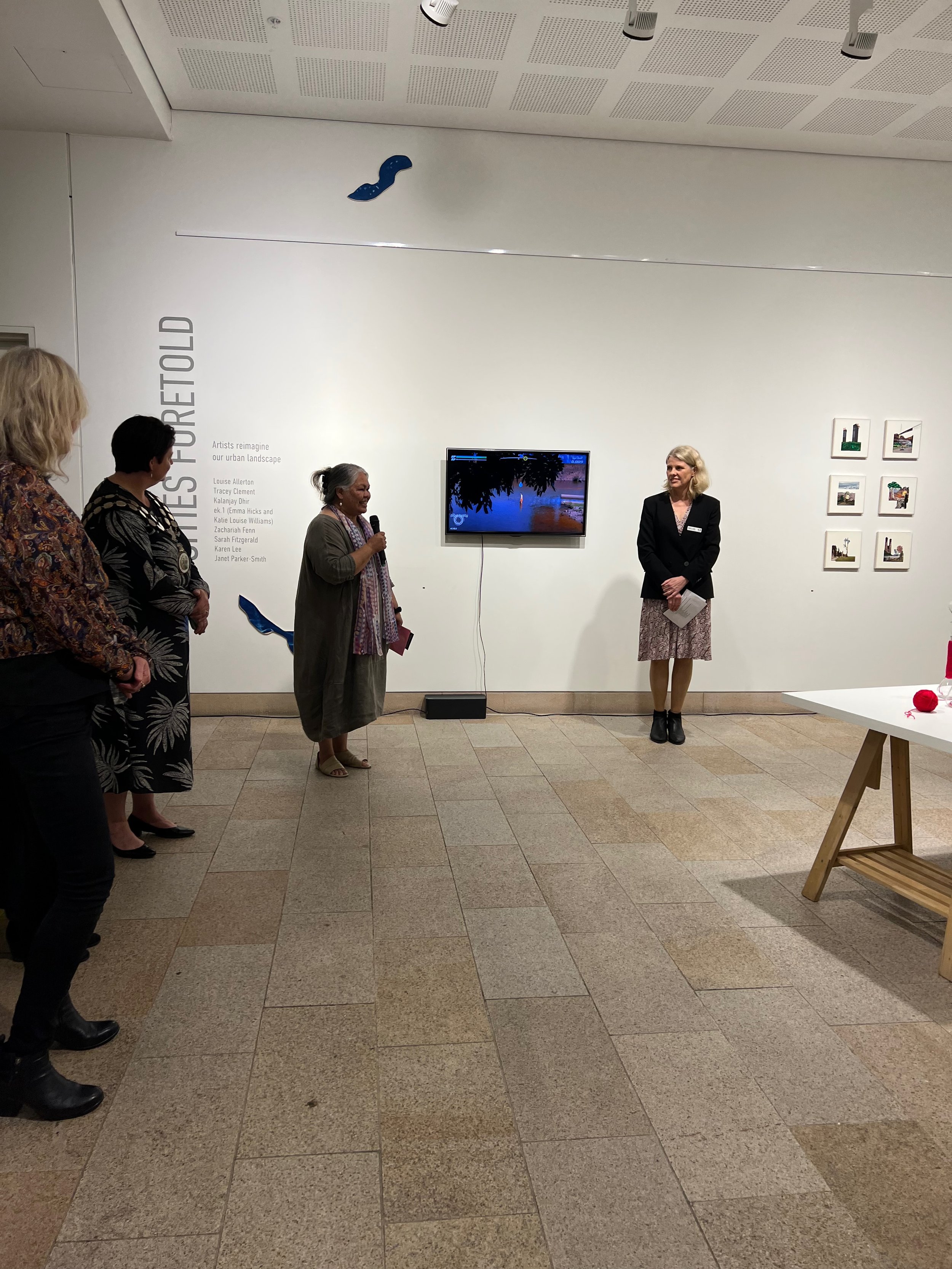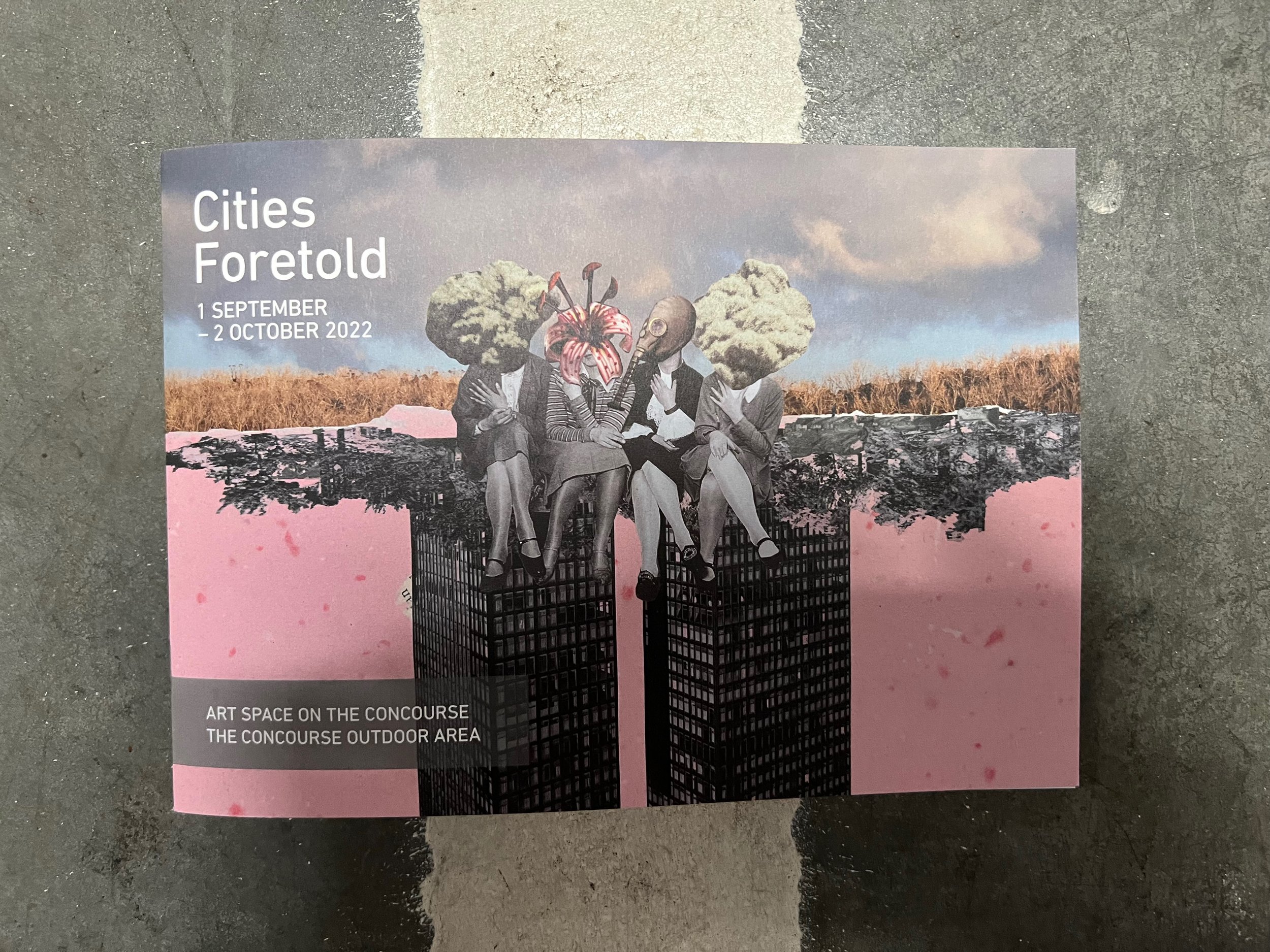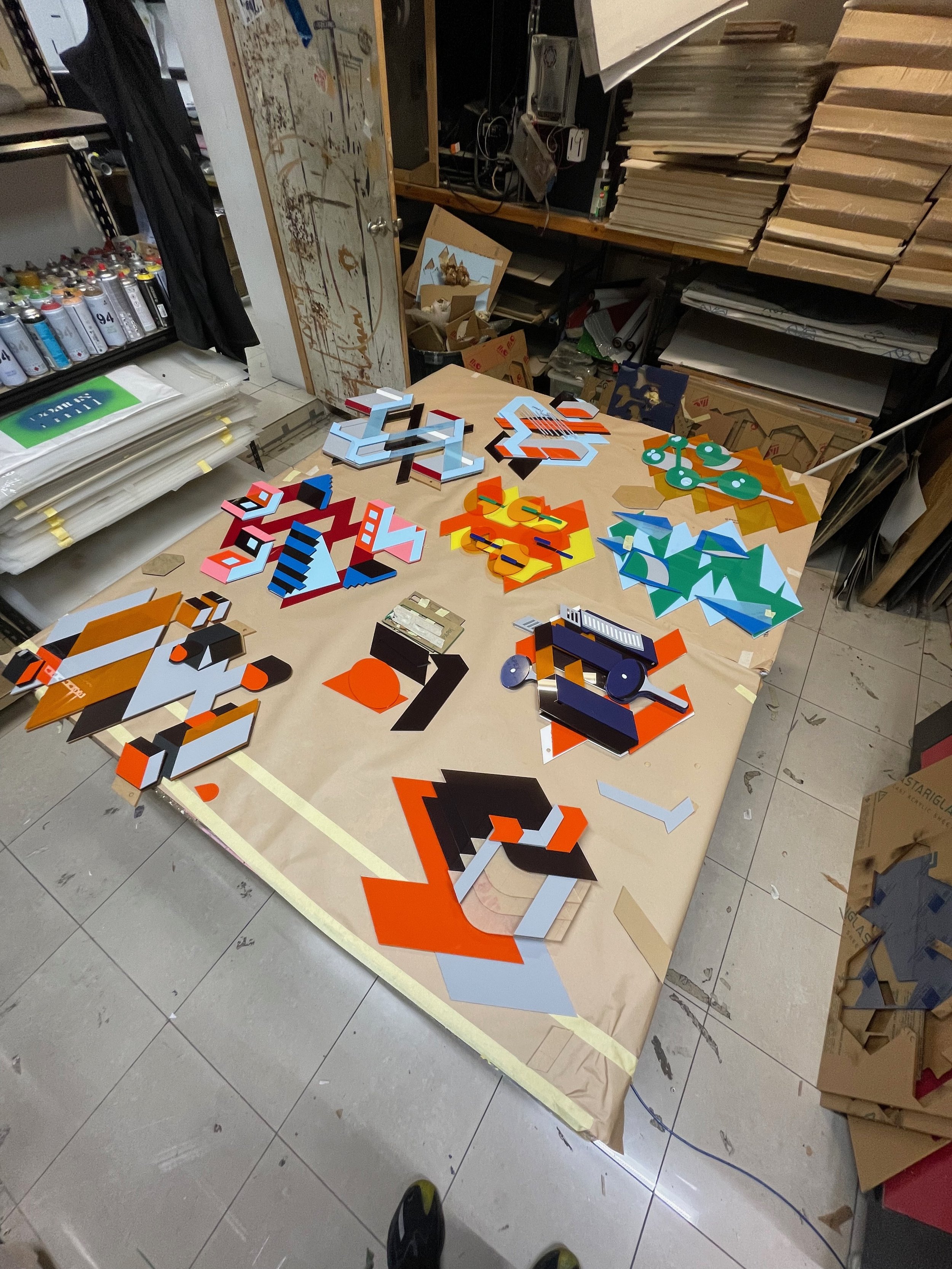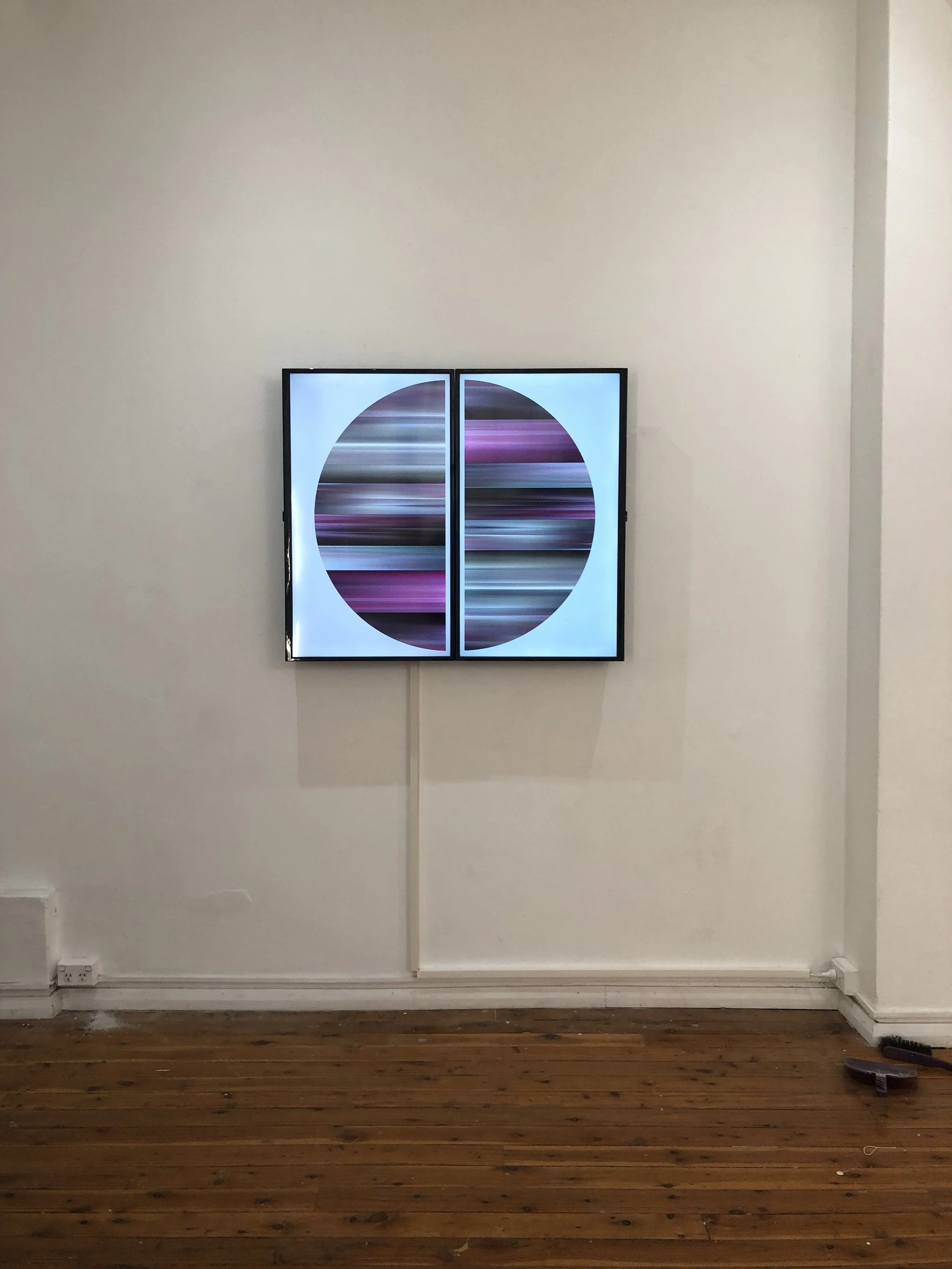A recent exhibition/collaboration held at Barometer Gallery Paddington, NSW, March 2021.
“Artists Karen Lee & Michelle Chanique present their latest exhibition, Respond. A collaboration between the two artists working with chance and the everyday where they use seemingly banal, utilitarian objects as a starting point for making thought-provoking and visually engaging works.”
——————
Michelle Chanique and Karen Lee explore the possibilities of collaboration through a shared interest in chance and the everyday. Collaboration and the use of chance both entail a loosening of control by the individual artist, while opening up the potential to discover unexpected outcomes.
Starting with the seemingly mundane act of crumpling paper, Chanique hand makes a series of enlarged sculptures (Fold) that embrace the impossibility of producing an exact replica. Lee’s large abstract monoprints (Probability) employ randomness within their making to explore the subjective experience of colour. These works function as aesthetic objects but also, importantly, as evidence of their process. Chance multiplies chance. The means is the end.
With Cube both artists have created a soft object - like an oversized dice this floor work could be thrown by its owner to produce a random display. The use of chance in creating art appealed to artists such as John Cage, who used the I-Ching to create musical compositions as a technique to go beyond the boundary of his individual ego, while Marcel Duchamp utilised it to destabilise the deterministic, materialist model of the world that dominated Western thought.
The use of seemingly banal, everyday objects as a starting point for making work is seen in the ten-panel series, the Respond Series. Victor Shklovsky said that art should take the familiar and present it in a way that made it seem unfamiliar, “making strange” as he called it, prompting the viewer to become more aware of their own perception of the world. This makes everyday life ideal material for art once we realise that the mundane world of things that we use and take for granted can also be a source of insight into the condition of our being and our experience of it. Here, the pairing of the finished works takes us from one mind to another, exploring such dualistic concepts as realism/abstraction, exterior/interior, and seeing/thinking about what is seen.
By Michael Waite


















